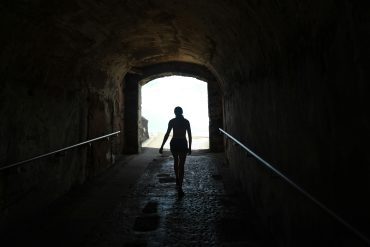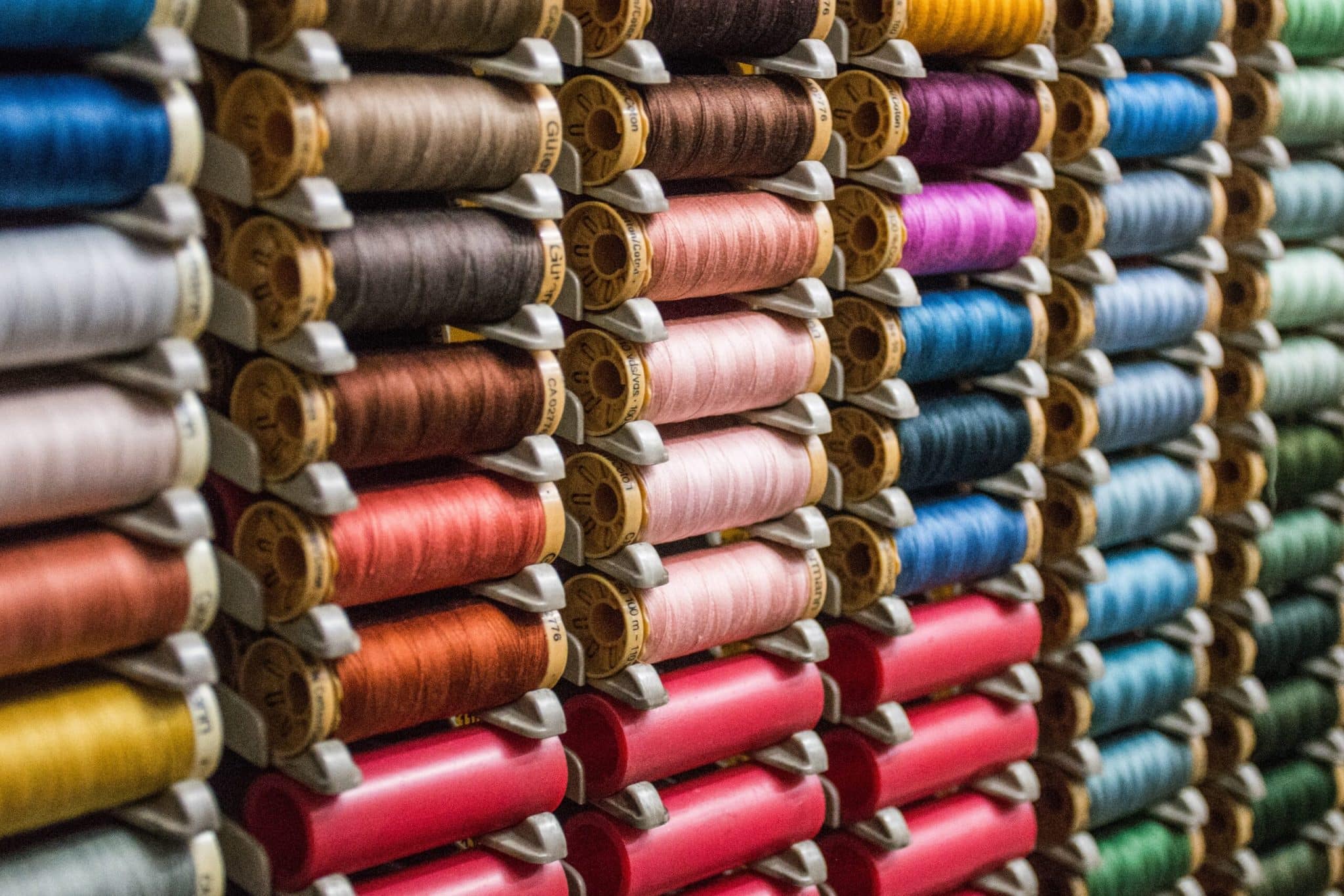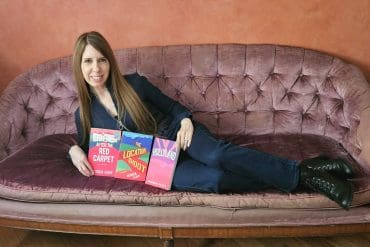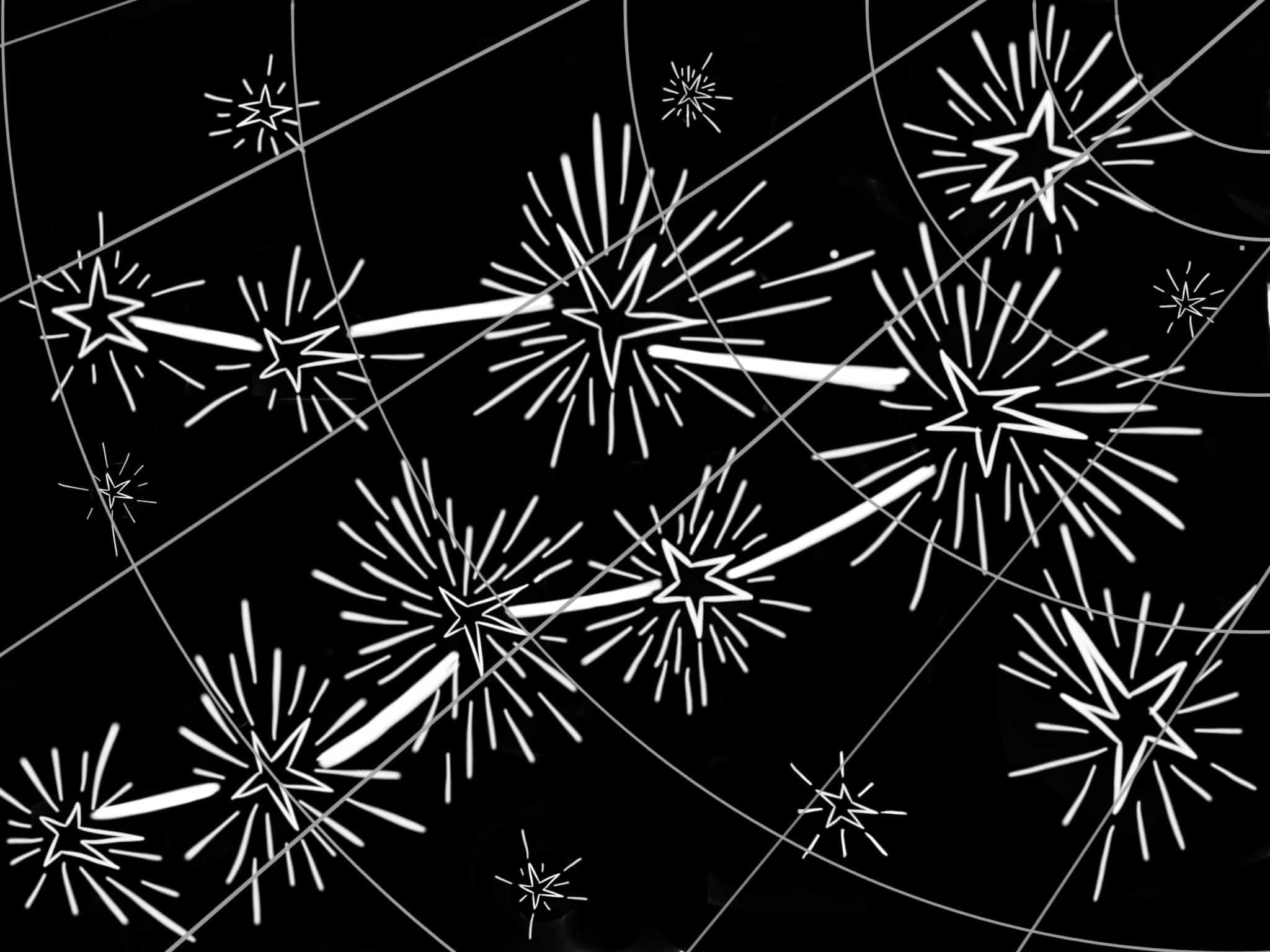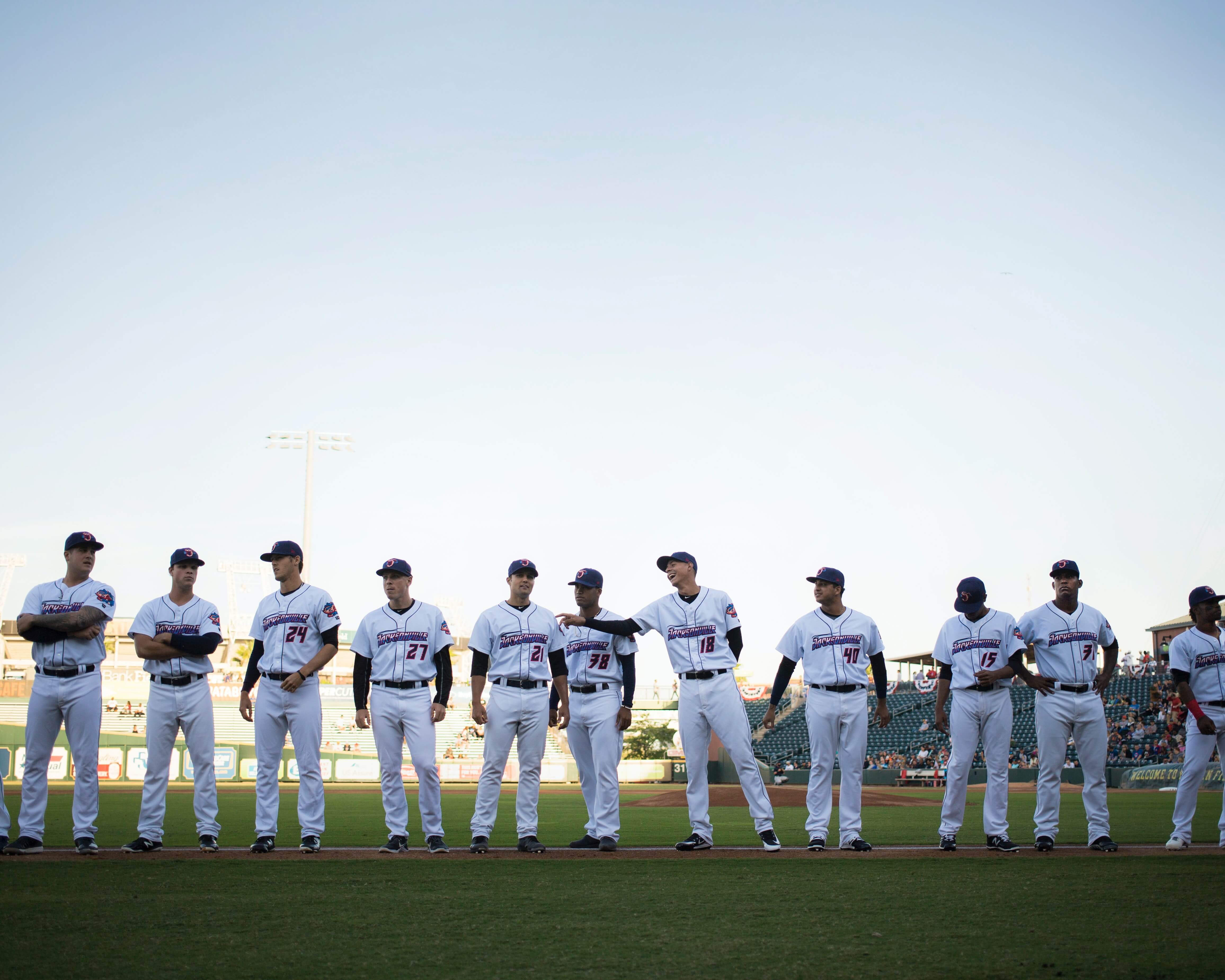First and foremost, one has to have the belief that if he builds the field, the major players are going to show up for the game. What has most surprised and moved me, however, has been the showing up. Indeed, folks have been showing up each week since the project’s inception in late May.
August 10th, 2021 marked the two-month anniversary of our fledgling publication, The AutoEthnographer, but oh what a two months it has been! Throughout this time a single phrase has recurred in my head, over and over again. You know the one…it’s from the 1989 Oscar-nominated film Field of Dreams where actor Kevin Costner heard it whispered through his cornfields: “If you build it, he will come.” I remember this line having a major cultural moment in the early 90s, speaking to taking risks and having faith. Here we are 30+ years later and I still can’t get it out of my head.
I’ve already explored my rationale for founding The AutoEthnographer over here – “The Birth of an Idea: Why I Started The AutoEthnographer“ – but today I’d like to reflect on those whispers in my own cornfield. I suppose I want to answer the question, “What is it like to start a magazine?”
First and foremost, one has to have the belief that if he builds the field, the major players are going to show up for the game. For years now I’ve been commenting to students that we should write a book about autoethnography or start our own magazine, but never with too much seriousness. Something clicked this past May, just a couple of weeks after leaving my full-time teaching appointment and after months of existential exhaustion from the pandemic. I should note that a few of those days were spent basking in the pleasure of reduced responsibility. But I suppose where one door closes another opens and it wasn’t long before I started seriously thinking of what an autoethnography magazine might look like, and what it might contribute, and what the responsibilities might be.
Having launched a digital magazine once before, and having worked at a few others as a writer and editor, I figured that I had what I needed to do the actual building. As someone who loves design and development, this to me is part of the fun. Despite its myriad of updates, and transitions from blank, empty pages to collections of moveable blocks, my old friend WordPress was ready to serve as the framework for our magazine.
“But what will it look like,” I constantly asked myself. This was cause for procrastination. Day after day was spent exploring potential theme templates and plugin apps and extensions. Each time I got overly-distracted and then eventually overwhelmed, I reminded myself that I was building something special (insert doubt and anxiety here). After a few false starts, I eventually began to envision the sections, categories, and flexibility that I wanted from a digital space and set to work building it. At the same time, my old friend third space came to mind as an explanation of what I hoped to create – a separate space (neither classroom nor conference) where people could regularly come together and celebrate, share, and discuss creative autoethnography. Of course, anyone who has ever launched a website can tell you that it can be both an invigorating and soul-crushing experience. Think of it as an automobile made of various parts. Everything works great until a new part is added…which then screws up another part that is necessary in order for a third part to work. Each new addition risks conflict with a previous one. But persistence (and dark chocolate) is key; eventually everything falls into place.
Once the building was complete (is it ever?), I considered that the magazine needed examples for contributors to consider, and re-published one of my own first autoethnographies. “The Closet in the Classroom” responds to the question, “What was it like being a queer, gaijin sensei (foreign teacher) at the turn of the millennium in Western Japan?” Using story to report cultural experience, “Closet” autoethnographically presents the anxieties, choices, and progress I made understanding how to construct, reveal, and perform a queer sexual identity in light of my developing teacher identity. It’s a scary thing to hold one’s art up as an example.
But what has most surprised and affected me, however, has been the showing up. Indeed, folks have been showing up each week since the project’s inception in late May. First, in response to my personal invitation, a few editors showed up willing and ready to heed the call. I thought I was going to have to strong arm them into working with me but it ended up being nothing of the sort. Next, posting announcements in two large Facebook groups on launch day (Critical Ethnography and IAANI) yielded a surprising amount of interest. Applications to the editorial board started arriving from people I hadn’t known, and from all around the globe.
Wow! They really are showing up.
Perhaps most importantly, authors and artists began submitting their work to the magazine with a deep curiosity around what we were building and a desire to be a part of it. Guillermo Gil and new editorial board member Bill Doan were the first two to fulfill the whispered prophecy. Gil’s “I Can’t Promise I Won’t Yell”: Notes for an Encounter is “a written account of, and critical reflection on, the ethical and political dimensions of having been falsely accused of sexual assault online.” Doan’s “Drifting,” an Exploration of Sibling Loss is a multimedia performance exploring the loss of his sister, “I’m not exactly sure when I decided to make a performance piece about my sister’s traumatic brain injury and death. In fact, I’m not sure there ever was a single moment of decision. Her story had become public in many ways, from online care sites to prayer chains to social media posts from family and friends. Her story was being performed out in the world before I started telling it.” I had hoped for evocative expressions from capable artists and authors but the caliber of the work and deeply emotional nature of it actually moved me. Tears of appreciation and empathy fell; where was this coming from?
Jay Meadows, first to accept an editor’s position, next approached me about a poem he had been sitting on from 2020. To me, this single expression was but the tip of an iceberg that surely had a lot more to it. After a little editorial prodding, Jay revealed “Tired,” a Collection of Poems, exploring his responses to the COVID pandemic and US election, “a year’s worth of frustration, a year’s worth of negativity and constant dread.”
Taking risks and having faith are key to any creative endeavor. Sharing requires vulnerability and rejection can be painful, but some whispered voices, especially once they grow louder and more prominent, are worth heeding. The biggest part is the responsibility; a field of dreams needs continuous care and tending.
Just afterwards, while browsing social media, I noticed an emotional post from a former student with a significant body of commentary. I was certain she’d think me nuts for asking to publish her social media rant, but I did, and she didn’t think I was crazy. Now we get to ponder Gianina Ainsley Romito’s flash nonfiction “The Decision to Medicate”, “All in all, even with medications, it is not a fix-all. Andrea still has her moments – we still have extreme tantrums, aggression, and meltdowns. So, one way or another we are being judged from someone. Either that someone is watching a huge meltdown in the middle of the Park, or someone is judging that our 3 year old is on medication.”
When I approached my old (young) friend and colleague Crystal Sands, editor of Farmerish.net, about an interview and potential contribution, she responded with both. The moving “Mourning (Unfinished)” is a story about “the way my experiences with farm animals helped me come to terms with the loss of a miscarriage I had many years ago.” Our interview is forthcoming later in August. For now, please go check out Farmer-ish, the magazine is a celebration of writing about lived experience.
And it was dancer/choreographer/visual artist Shanita Mitchell (one of our founding editors) whose work unexpectedly touched me on a deeply personal level. Her “A Seat at the Table,” a Dance Performance using a song from The Color Purple, the Musical, is our magazine’s inaugural video on our YouTube channel, and has been nominated for a 2020-2021 International Association of Autoethnography & Narrative Inquiry award for best audio/visual project. The way Shanita choreographs, dances, films, and edits the performance, is a masterwork in multimodal storytelling. Shanita writes, “Though “A Seat at the Table” does not make explicit visual reference to my experience as a Black female academic, the underlying sentiment of the piece is very much driven by my experiences in higher education, academia, and the literary world. My perspective and presence have not always been met with enthusiasm which, sadly, is not an experience that is exclusive to me.”
Can you sense all of the charged energies radiating from our contributors? It seems that autoethnography is an effective vehicle for making sense of challenging experiences and emotions.
And throughout the process of developing and publishing we’ve been building our editorial board and are now 8 members strong across three different continents. Interested in joining us? Additionally, we have a good handful of articles waiting in the wings to be published, and we’re trying to plan our first meeting of our international editors to discuss our first major call for submissions. What else should we be considering? Some creative media and teaching materials are hopefully just around the corner.
Perhaps more poignantly, the launch of the magazine has given me reason to reconnect with old friends and co-researchers in the hopes of growing our community of creative ethnographers and editors. All in all it’s been a quiet thing (check out the Liza Minneli recording of the classic Kander & Ebb showtune below). So far on this quest there haven’t been any too-tall mountains nor treacherous monsters (well aside from my own fear and doubt), though don’t I know they may be lurking just around the corner.
I suppose my final conclusion today is yes, taking risks and having faith are key to any creative endeavor. Sharing requires vulnerability and rejection can be painful, but some whispered voices, especially once they grow louder and more prominent, are worth heeding. The biggest part is the responsibility; a field of dreams needs continuous care and tending.
“A Quiet Thing,” from Kander and Ebb’s first Broadway musical Flora the Red Menace (1965), was originally performed by Liza Minnelli. In this scene, the main character rejoices over landing a job and marvels how, sometimes, wonderful things happen quietly.
When it all comes true
Just the way you’d planned
It’s funny but the bells don’t ring
It’s a quiet thing
When you hold the world
In your trembling hand
You’d think you’d hear a choir sing
It’s a quiet thing
There are no exploding fireworks
Where’s the roaring of the crowds
Maybe it’s the strange new atmosphere
Way up here among the clouds
But I don’t hear the drums
And I don’t hear the band
The sounds I’m told
Such moments bring
Happiness comes in on tip-toe
Well what’d’ya know
It’s a quiet thing
A very – quiet – thing
Source: Musixmatch
Songwriters: John Kander / Fred Ebb
A Quiet Thing lyrics © Times Square Music Publications Company, Trio Music Co., Inc.
Featured Photo by Wade Austin Ellis on Unsplash


